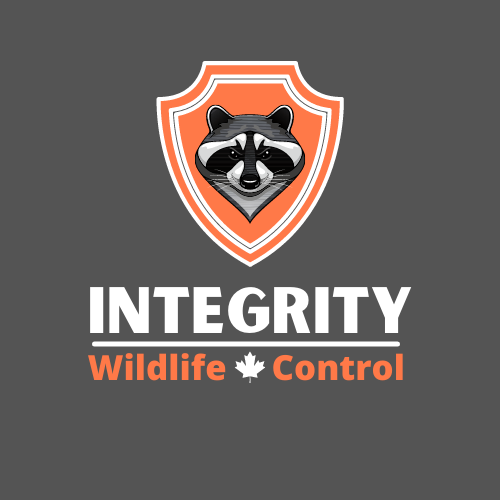Understanding animal behavior in the wild is crucial for wildlife control hamilton, as it allows for efficient and effective management of wildlife populations and ecosystems. By studying how animals behave in their natural habitats, researchers and wildlife professionals can better predict and mitigate potential conflicts between humans and wildlife.
One key aspect of animal behavior in the wild is the social structure of animal groups. Many species of wildlife, such as wolves, elephants, and primates, live in complex social groups with hierarchies, communication systems, and cooperative behaviors. Understanding these social structures can help wildlife control Hamilton in determining how to best manage and protect these populations.
Another important factor in animal behavior in the wild is animal migration. Many species of wildlife undertake long-distance migrations to find food, water, or suitable breeding grounds. By studying animal migration patterns, wildlife control Hamilton can identify important migratory corridors and establish conservation measures to protect these routes.
Animal communication is also a critical aspect of understanding animal behavior in the wild. Many species of wildlife use various forms of communication, such as vocalizations, body language, and chemical signals, to convey information to other members of their species. By studying animal communication, wildlife control Hamilton can better understand how animals interact with each other and their environments.
Predator-prey relationships are another key component of animal behavior in the wild. Predators play a crucial role in controlling prey populations and maintaining ecosystem balance. By studying predator-prey interactions, wildlife control Hamilton can better manage wildlife populations and reduce conflicts between predators and humans.
Understanding animal behavior in the wild also involves studying how animals use their habitats and resources. Many species of wildlife have specific habitat requirements and behaviors that are essential for their survival. By understanding how animals interact with their environments, wildlife control Hamilton can implement effective conservation measures to protect critical habitat areas and ensure the long-term survival of wildlife populations.
In conclusion, understanding animal behavior in the wild is essential for effective wildlife control Hamilton. By studying social structures, migration patterns, communication systems, predator-prey relationships, and habitat use, wildlife professionals can better manage and protect wildlife populations and ecosystems. By integrating this knowledge into wildlife management practices, wildlife control Hamilton can ensure the coexistence of humans and wildlife in a sustainable and harmonious manner.
For more information visit:
Integrity Wildlife Control
https://www.integritywildlife.ca/
Integrity Wildlife Control
Canada’s premier wildlife, pest, and animal removal and control company.
Backed by 20 years of experience, Integrity Wildlife Control is the company to call for permanent wildlife control
and wildlife removal in Hamilton and the Greater Toronto Area. Our four-step process identifies and removes unwanted wildlife from your home or business. We then repair all damage and prevent wildlife from returning. Our wildlife removal process provides effective and affordable solutions and includes a
money-back guarantee and a lifetime warranty.
Integrity Wildlife Control provides service you can trust.

